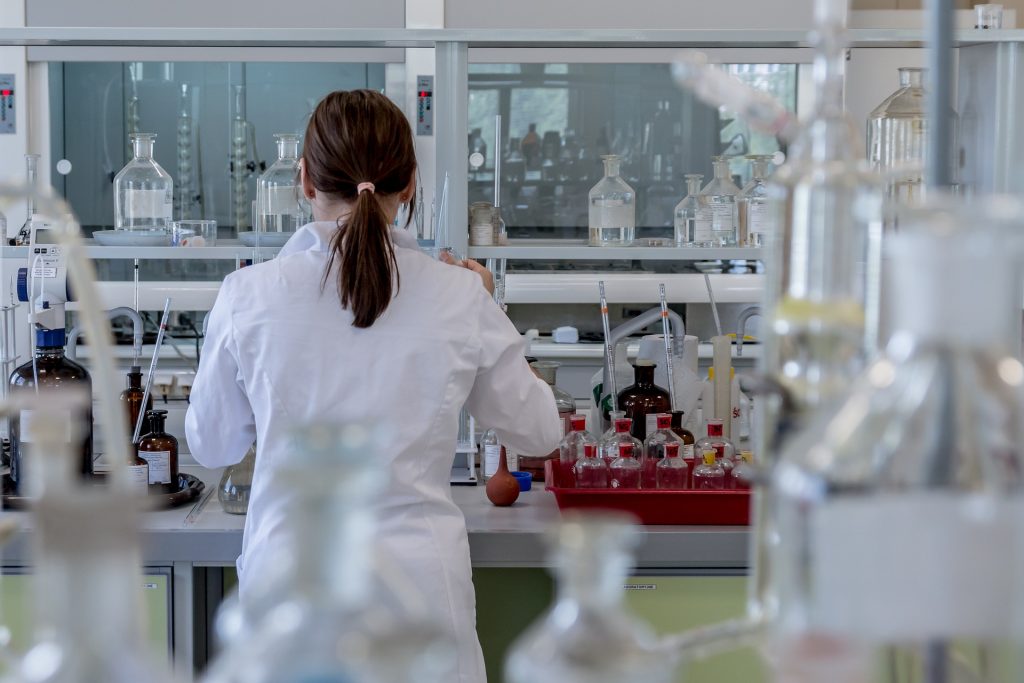by Joseph Smith

Cancer is defined as an uncontrolled division of abnormal cells, resulting in a malignant growth or tumour. Recent reports suggest that approximately half of us will be diagnosed with the disease in our lifetime. Moreover, it is predicted that cancer incidence rates will increase by 68% from 2012 to 2030 worldwide. Fortunately, our understanding of how cancer occurs and progresses is also increasing, ] providing opportunities to identify novel druggable, targets. Our improved understanding has also revealed unforeseen challenges that complicate the journey of new drugs from bench to bedside. This is evidenced by the fact that a staggering 95% of leading drug candidates do not make it to the clinic. But why? One of the main reasons is our inability to accurately replicate cancers as they occur in humans. Researchers currently employ a wide array of cancer models in order to understand the biological processes that drive cancer and to test potential therapies. In this article I will discuss some of the most commonly used cancer models and how they might be limiting effective drug discovery.
Cell lines
The first, and probably most well-known, cell line was established in 1951 and derived from a cervical adenocarcinoma tissue biopsy. Henrietta Lacks, the patient from whom the biopsy was taken, succumbed to her cancer only months later however HeLa cells are still used in cancer research to this day. HeLa cells, like other immortalised cell lines, have the ability to grow and divide indefinitely. Furthermore, researchers can easily manipulate cell lines, for example, by increasing or decreasing the amount of a certain protein we may better understand its function within the cell. These traits have resulted in their routine use and they are an essential tool for cancer research, allowing scientists to elucidate the molecular biology of cancer cells. However, cell lines represent a massively simplified version of human cancers, lacking heterogeneity or a tumour microenvironment, including an immune system. These differences mean that a drug that is effective in vitro will not necessarily perform as well when applied in vivo.
Mouse models
In order to better recapitulate human cancers scientists will often utilise mouse tumour models, establishing cell line-derived xenografts within immunocompromised mice. After the cancer cells have been implanted researchers may then treat the mice with a novel anticancer drug, with the view of slowing or ideally preventing cancer growth. Mouse models allow for evaluation of new therapies in vivo within an environment more similar to that seen in humans. For example, the cancer cells have the ability to interact with the microenvironment in which they’re placed. However, in using cell line-derived xenografts these tumours still lack the inter-tumoral heterogeneity seen in the clinic. Notably, this heterogeneity is likely one of the reasons for low response rates seen in many clinical trials, as small populations of drug-resistant cancer cells can ultimately repopulate patients’ cancers.
What are the alternatives?
Both cell lines and mouse models are useful cancer models, but both have major limitations and do not capture the complexity of human cancer. As a result, novel anticancer drugs that prove to be effective in these models often do not have the same effects in humans. So how do we solve this problem? With advances in technology, scientists have developed a multitude of models that aim to overcome the aforementioned issues, such as patient-derived xenografts and explant culture. I will discuss these methods in more detail in the next issue of {react} magazine!
Issue 12 of {react} magazine is currently under development by our dedicated team of student writers, editors and designers. Keep an eye on this blog, our twitter, and facebook for information on the release date!